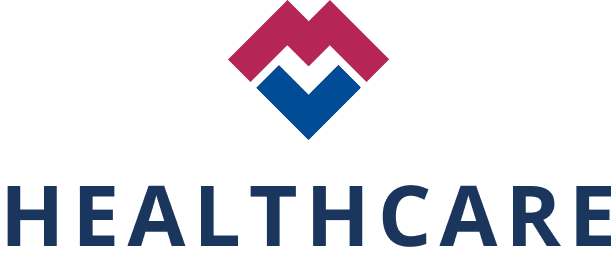Major Healthcare Company
Mastering SAP testing complexity at a Fortune 50 Healthcare company for innovation without disruption

Company overview
For this major Fortune 50 Healthcare company, business is the epitome of complexity. They partner with biopharma companies, care providers, pharmacies, manufacturers, governments, and others to deliver the right medicines, medical products, and healthcare services to the patients who need them, when they need them—safely and cost-effectively.
There’s no margin for error, but millions of things could go wrong at any time. In just one of many workstreams, 10,000 life-critical line items are processed every hour. Even a simple hospital order (e.g., for gauze pads and insulin) crosses a web of ~30 custom and packaged apps—including SAP ECC, FI, Hybris, Ariba, Salesforce, Workday, Pega—multiple integration platforms, and multiple distribution/delivery systems.
Now, core systems are being updated and released daily, and the packaged app landscape is undergoing a massive 10-year shift to the cloud—including moving 24 SAP instances to SAP S/4HANA. And among all this change, there’s pressure to catch defects earlier and reduce the overall cost of testing.
 Industry: Healthcare
Industry: Healthcare Organization size: 10,001+ employees
Organization size: 10,001+ employees Location: United States
Location: United States Products:
Products: